Seven exhibitions at SZ Museum’s ancient art outlet
Writer: | Editor: Grace XIA | From: | Updated: 2021-01-25
The Shenzhen Museum’s ancient art outlet reopened last month after five years of renovation. Three exhibitions of 670 pieces of ancient Chinese relics from the museum’s own collection and four more ancient art exhibitions in collaboration with other domestic museums are being held.
Permanent exhibitions:
‘Quest for Chinaware Culture’
This exhibition features a batch of representative ceramic pieces collected by the Shenzhen Museum over the years through various channels, such as inter-museum exchanges, acquisitions by purchase, donations, and transfer from judicial organs. These selected ceramics cover every stage from Neolithic through the Qing Dynasty (1644-1911), showing the role of ceramics in social life and cultural exchange in each historical stage. It can be called a miniature history of the development of Chinese ceramic culture. Let’s set foot on a quest for ceramic culture and experience its profound and infinite charm.
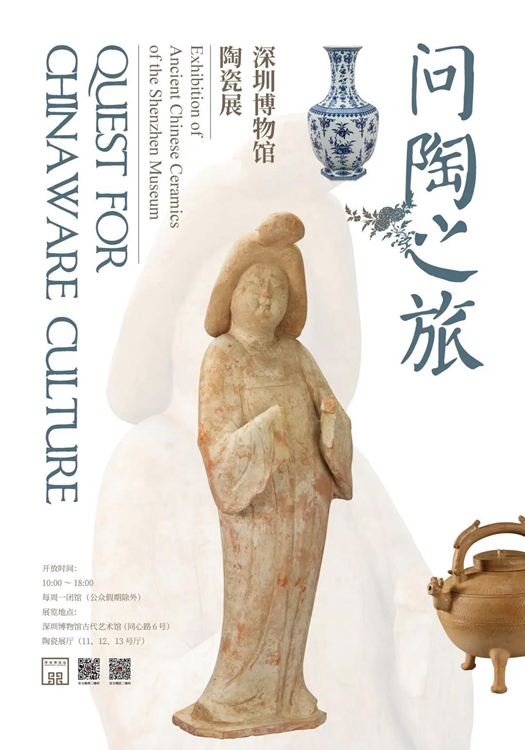
‘Annals in Inscribed Bronze’
The exhibition presents the finest collections of Chinese bronze art that are available in the Shenzhen Museum. Classified by age and usage, it includes ritual vessels, musical instruments, weapons, mirrors, currency, religious statues, archaistic wares imitating the Bronze Age ritual vessels, etc. The exhibition demonstrates China’s continued cultural vitality and aesthetic changes, as well as the history, culture, craftsmanship, techniques and social thoughts of different periods.
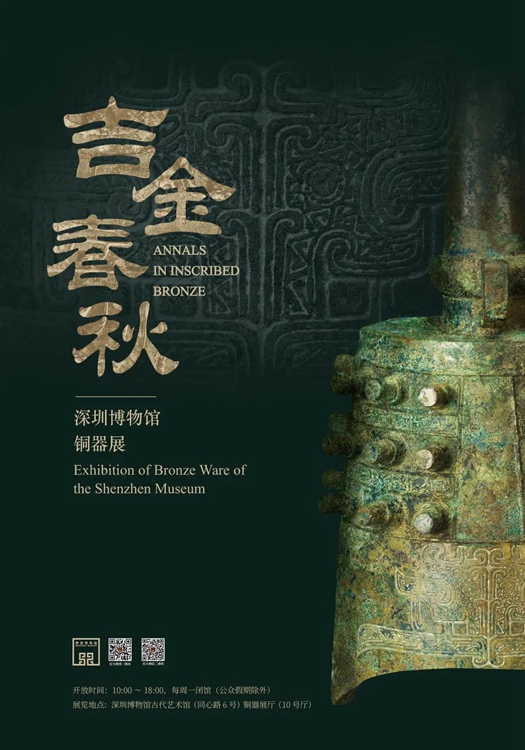
‘Arts Conveying the Spirit’
The art of calligraphy and painting in China has a long and profound history. The excellent paintings and calligraphic works of the past dynasties express the artists’ profound understanding of nature, life and art. This exhibition displays 70 pieces and sets of works selected from the Shenzhen Museum’s collection, spanning more than 500 years from the middle Ming Dynasty (1368-1644) to the modern age. They were works of prominent masters and represent the social activities, customs, ideologies and aesthetic concepts of their time.
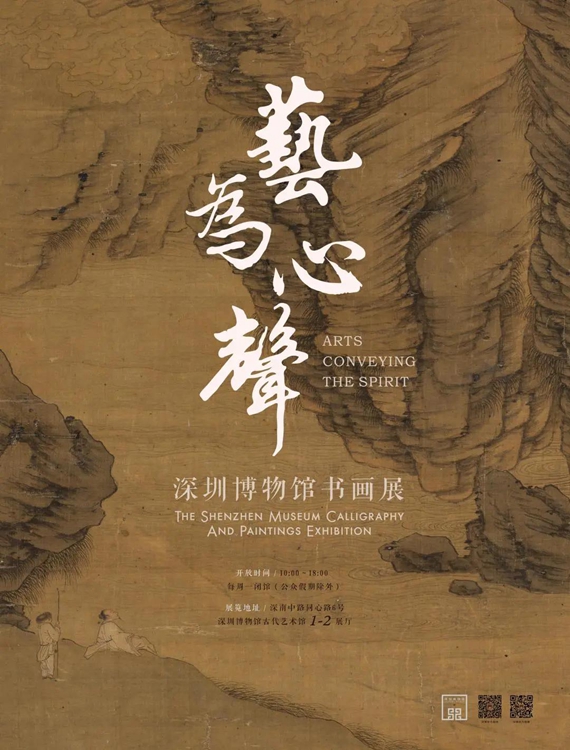
Temporary exhibitions:
‘Regality and Magnificence’
The National Museum of China in Beijing is showcasing 27 fine examples of Qing Dynasty court paintings and calligraphic works. The exhibition examines three distinctive features of Qing court art. Some works document historical events and figures at the time, such as “Qianlong Emperor Inspecting the South” by leading court painter Xu Yang.
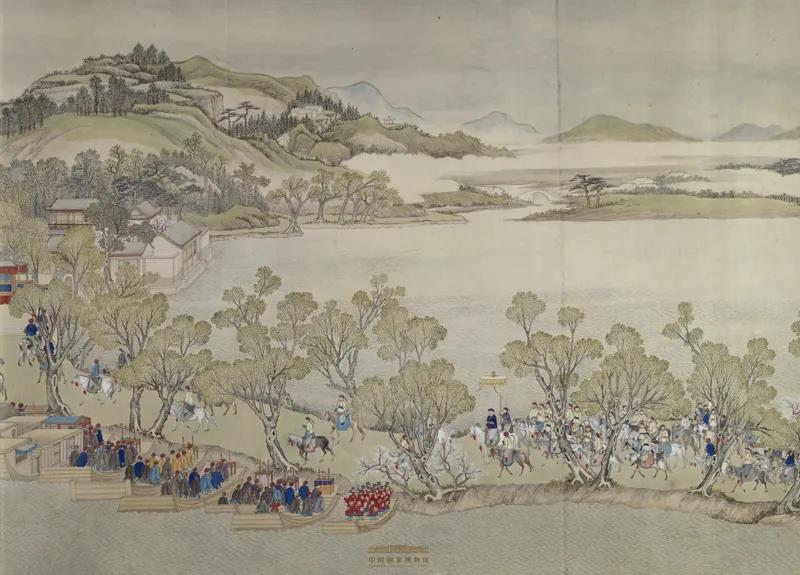
Part of Xu Yang’s painting “Qianlong Emperor Inspecting the South.”
Some works present the use of oil painting techniques introduced by Western missionaries who served at the royal court, the most famous of them being the Italian Giuseppe Castiglione whose paintings that infuse Chinese and Western painting styles are also on display.
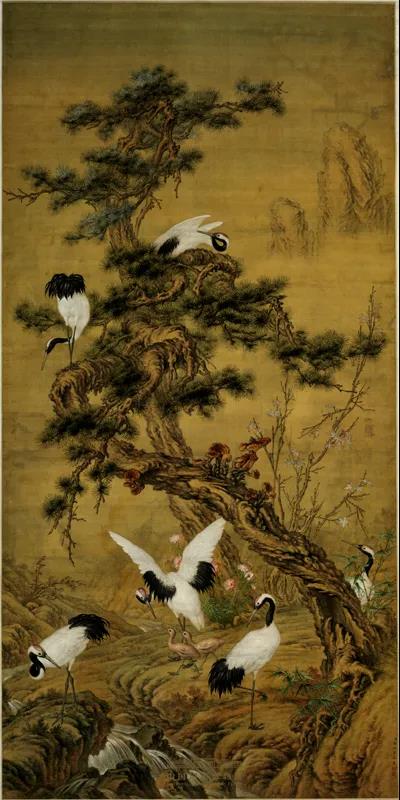
A painting by Giuseppe Castiglione.
The successive reigns of the Qing Dynasty emperors, Kangxi, his son Yongzheng and grandson Qianlong, saw a peak of court art. Strong financial revenues gave a boost to the expanse of court painters and the creation of the imperial art collections.
Dates: Until March 7
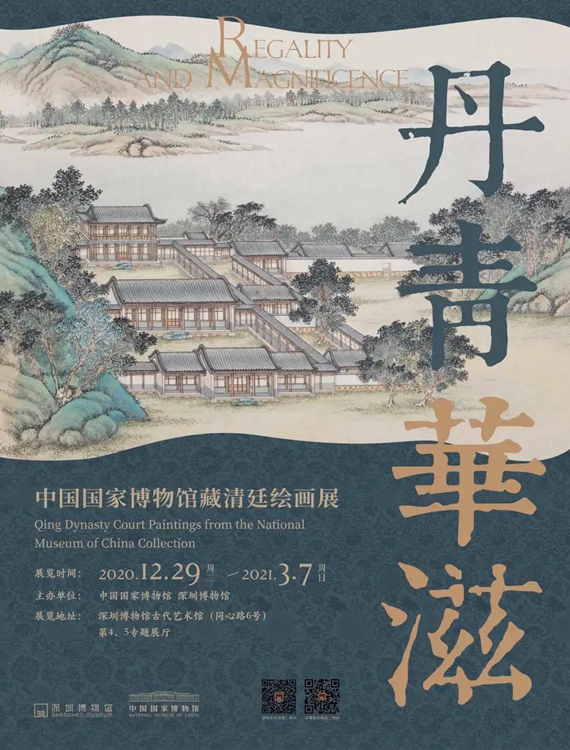
‘Tao Hua Yi Jiu’
The exhibition title “Tao Hua Yi Jiu” is borrowed from a line of Tang Dynasty (618-907) poet Cui Hu’s poem, meaning “peach blossoms still sway in the spring breeze.” The exhibition features Tang Dynasty poets’ tomb-rubbings, as the Tang period is considered the golden age of Chinese poetry. Most of these exhibits are on loan from Xi’an Beilin Museum in Shaanxi Province.
Dates: Until March 7
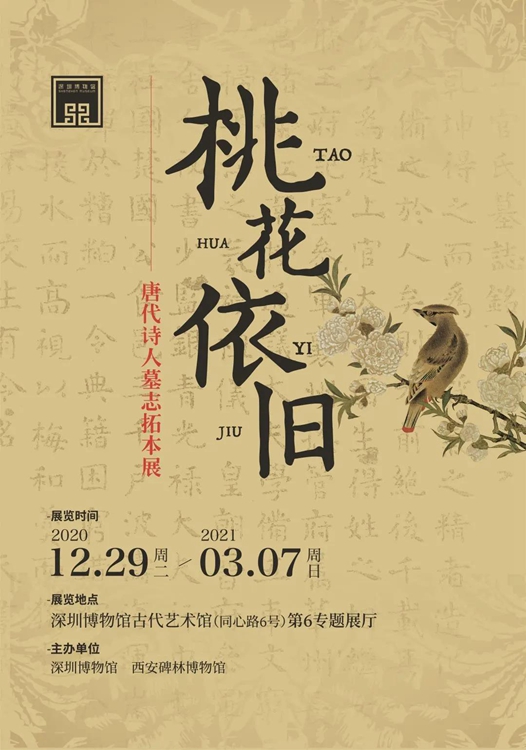
‘Stones Speak’
The exhibition consists primarily of the “Seven Ladies Revenging Their Father” stone relief found in the Cao Cao Mausoleum, and the Ziyou Stele. Both artifacts were from the Han Dynasty (202 B.C.-220 A.D.) and tell stories about loyalty and filial piety.
Dates: Until March 7
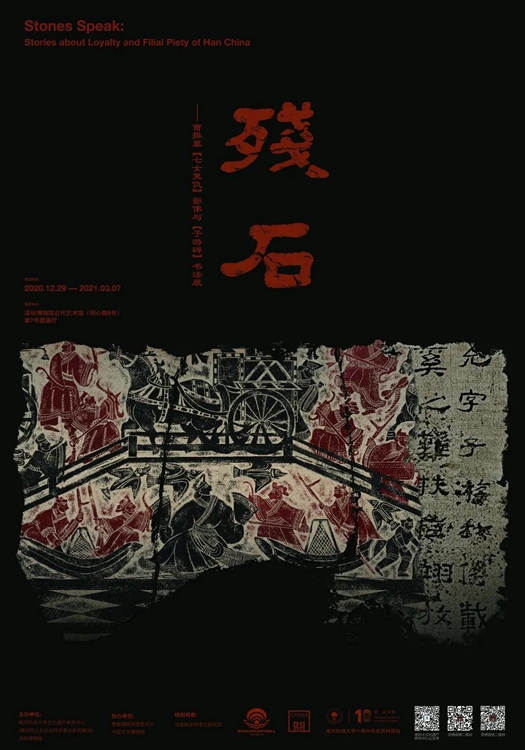
‘Indestructibility to Immortality’
The exhibition, with the subtitle “Confucianism, Buddhism and Taoism in the Chinese Relics,” selects objects from the Wei, Jin and the Southern and Northern Dynasties spanning from 386 to 589 that reflect the spirit of humanity. The objects are mainly stone relics with abundant pictorial contents and various inscriptions that look back upon this special time of the Chinese ideological development.
Dates: Until Dec. 31
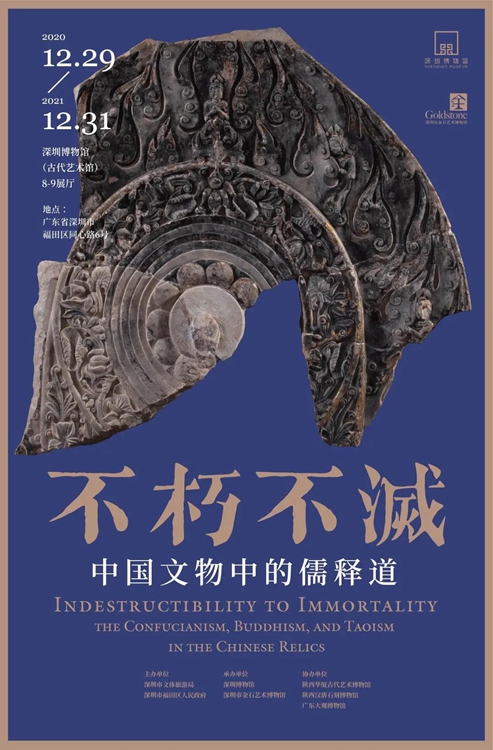
Hours: 10 a.m.-6 p.m., closed Mondays
Booking: WeChat account “iszbwg”
Venue: Shenzhen Museum (of Ancient Art), 6 Tongxin Road, Futian District (福田区同心路6号深圳博物馆古代艺术馆)
Metro: Line 9 to Hongling South Station (红岭南站), Exit A